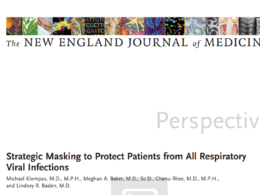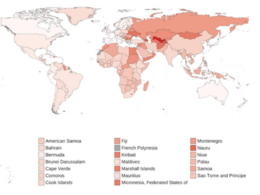Any company would love to see its product on the cover of TIME. After all, it is the most valuable real estate in media. And in 2019, based on the reporting of TIME’s Jamie Ducharme, Juul found its way there. The two-year-old company, once valued at $38 billion, was suddenly everywhere.
The reason for our attention, however, was not good: “To a remarkable degree, a single company is front and center in one of the biggest public-health crises facing the country: the sharp rise in vaping among teenagers and young adults,” Jamie wrote.
“Shit happens,” the company’s CEO told Jamie earlier that summer. “We’ve got to respond.”
Jamie’s reporting on Juul led to her 2021 book, Big Vape, and this week, a four-part series on Netflix, directed by R.J. Cutler and produced by Cutler with TIME Studios and Amblin Television. The episodes take viewers through the narrative of Jamie’s reporting and bring the story up to date.
“What a gift to have somebody who had already been through the experience, banged your head against the wall, digested it all and suffered through the attendant stomachaches, and came up with a resonant, coherent, dramatic, compelling, character-driven narrative,” Cutler told Jamie about her reporting.
Sam
BY SAM JACOBS
Editor in Chief
Time
Sam
BY SAM JACOBS
Editor in Chief
Time

Some alarming statistics:
- The magnitude of the teen-vaping problem began to emerge last November, when the FDA announced that almost 21% of high school students had vaped during the previous month, a 78% increase over the year before.
- That number jumped again this year, to 27.5%, meaning that more than 4 million American teenagers vape regularly, according to preliminary reports from federal health officials.
- The 2018 National Youth Tobacco Survey found that about 3.5% of high school students–more than 525,000 teenagers–vaped every or almost every day.
- Particularly alarming is vaping’s appeal to younger teenagers. Use among eighth-graders more than doubled in 2018, to 10%, according to data posted by the Department of Health and Human Services (HHS).
- There are concerns that such early adoption of vaping will “represent a gateway to the use of traditional cigarettes,” according to HHS. Eighth-graders who vape are 10 times as likely to eventually smoke cigarettes as their nonvaping peers, HHS says.













